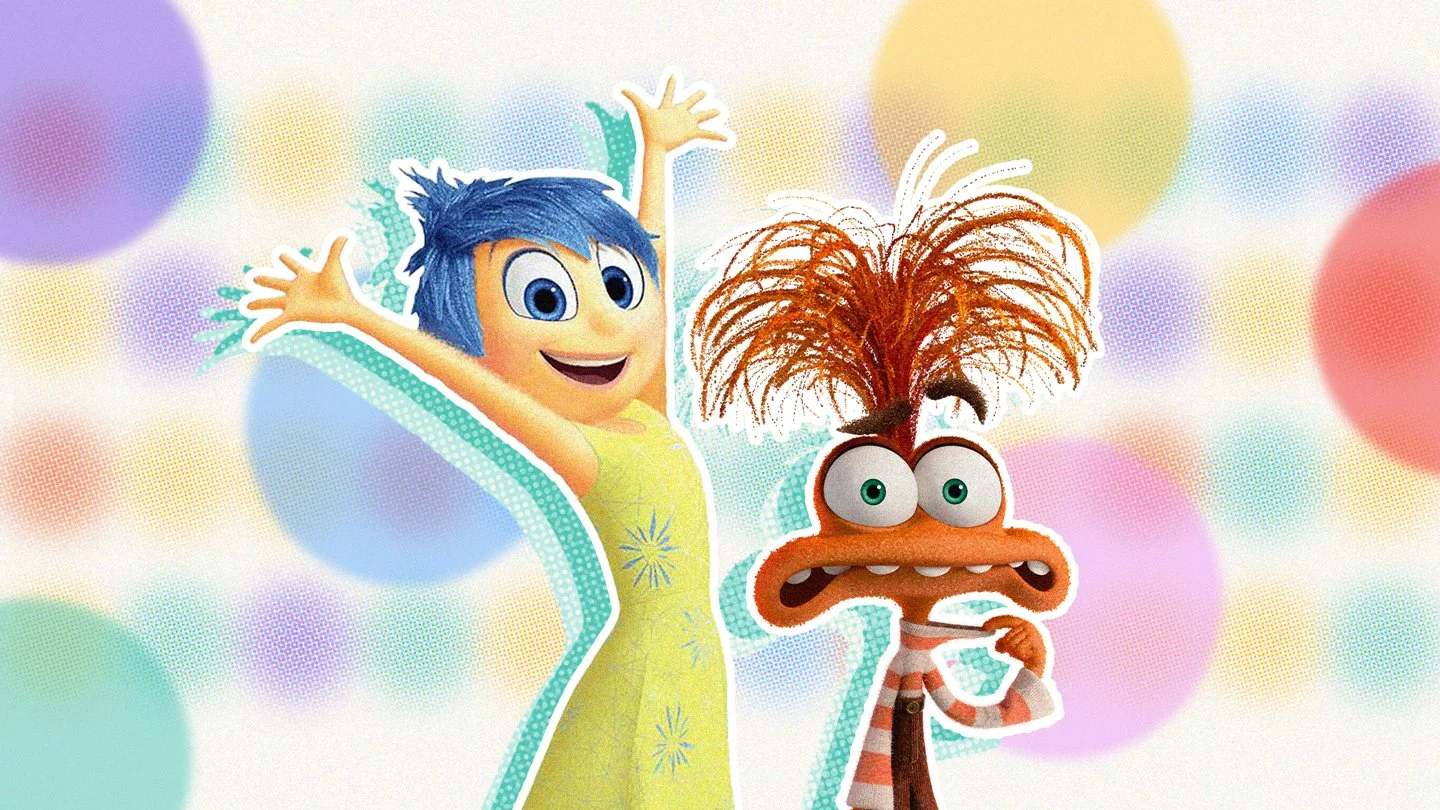How To Communicate With Impact: Top 3 Tips For Work
Succeeding in your career, and in life, requires good communication skills. Once you know what you want, communication is at the heart of how to get it.
But it’s not enough to communicate well.
You need to communicate with impact.
That is, communicate in a way that motivates people and inspires them to action.
Done right, communication with impact appears effortless.
But the reality is being a good communicator doesn’t come naturally to everyone. It often takes work to achieve. On your road to communications mastery, you need to put in practise, and be willing to get out of your comfort zone.
In this article, we reveal some essential strategies to help you communicate with impact.
Let’s go…
Strategy 1: Tell a story
Successful communication is more than just conveying information; it is about engaging your audience and selling your idea (the concept you’re pitching, the change you’re seeking to make, the behaviour you’re wanting to solicit).
Here’s the thing:
We are 22 times more likely to remember a fact when it has been wrapped in a story, according to cognitive psychologist Jerome Bruner.
Why?
Because stories are memorable. They help us visualise an idea. They trigger our emotions. In other words, they help us communicate with impact.
Think about the last presenter that you really listened to with interest and deep engagement. Did they use slide after slide of charts and numbers? Or did they tell you a personal story that stayed with you long after the day?
“Good Stories surprise us. They make us think and feel. They stick in our minds and help us remember ideas and concepts in a way that a Powerpoint crammed with bar graphs never can.” - Joe Lazauskas and Shane Snow, The Storytelling Edge.
Stories help us make sense of things because we can relate to and personalise them. This is critical when you want people to be inspired, motivated or simply to remember the message.
The art of storytelling is a skill. But it can be developed for those willing to put in the effort. There’s no set formula, but focus on these four elements:
Relatability: Make your story relatable, relevant to the topic or something that will feel familiar to the listener.
Novelty: When you share a story that is unique or original, or previously unfamiliar to your listeners, it will make your story more memorable.
Tension: When you tell your story with some suspense, it will keep the listener captivated and motivated to keep listening.
Fluency: When you keep your story simple and short, your audience can understand and follow the story with minimal effort.
Strategy 2. Focus on how you say it
The “how” of your communication is a huge part of its impact.
In fact, para-verbal skills make up 38% of how impactful your communication is going to be.
What are para-verbal skills?
They are the way you say things, not just what you say. When you speak, others “read” your voice as they listen to your words.
Para-verbal skills include:
Pitch and tone of voice
Speed and rhythm of your words
Use of effective pauses.
Think about how your tone of voice can indicate sarcasm, anger, affection, fear or confidence.
This applies to written communications too. What do you think when you read something in capital letters? It can seem aggressive and shouty.
The pace of your voice when delivering a message also plays a big part in how well your message is received and the effect you will have on others. Speak too quickly and people will find it hard to understand you, and may even feel anxious or overwhelmed. You may come across as nervous or over-excited.
Find a natural, medium pace with the occasional use of slow and fast pace to create interest at the right moment, and find a flow.
This takes practise - watch some TED Talks to see the pros in action.
Another under-utilised secret weapons for communicating effectively is the pause.
A well-timed pause, otherwise known as a golden silence, can make a big difference to your message delivery.
Pausing for a couple of seconds creates dramatic effect, so your listeners will really want to hear what you say next. It also lets you rest and solidify what you are going to say next, as well as giving your listeners a break.
Finally, the “how” of communication also relates to body language.
Research shows 55% of the way a person interprets any communication, depends on non-verbal cues or body language.
That’s huge!
However body language is often instinctive and not easy to fake. It generally reflects a person’s true feelings; particularly when that person is speaking with assertiveness, conviction and passion, or nervous, impatient or lacking belief in themselves.
That said, being aware of your body language can really help you bring your message home.
You can find more tips on body language via Hodie
Strategy 3. Listen
True communication comes from a shared understanding of meaning.
This means you need to listen. Listen some more. And check for understanding.
Sound consultant Julian Treasure says, "We spend roughly 60 percent of our communication time listening, but we're not very good at it. We retain just 25 percent of what we hear."
Why? Sometimes it’s just a matter of being distracted or not paying enough attention. Maybe we’re waiting for our next opportunity to talk or ask a question.
It’s important to truly listen. Try to approach each dialogue by thinking, “This person can teach me something.”
Finally...plan, plan, plan.
To truly communicate with impact, you have to know your audience, what makes them tick and get into their mindset. This will help you craft a customised approach to each individual or group that speaks to them, not at them.
From the story you tell to the way you communicate it, there are lots of elements to learn and practise. Start developing your skills on Hodie today!









